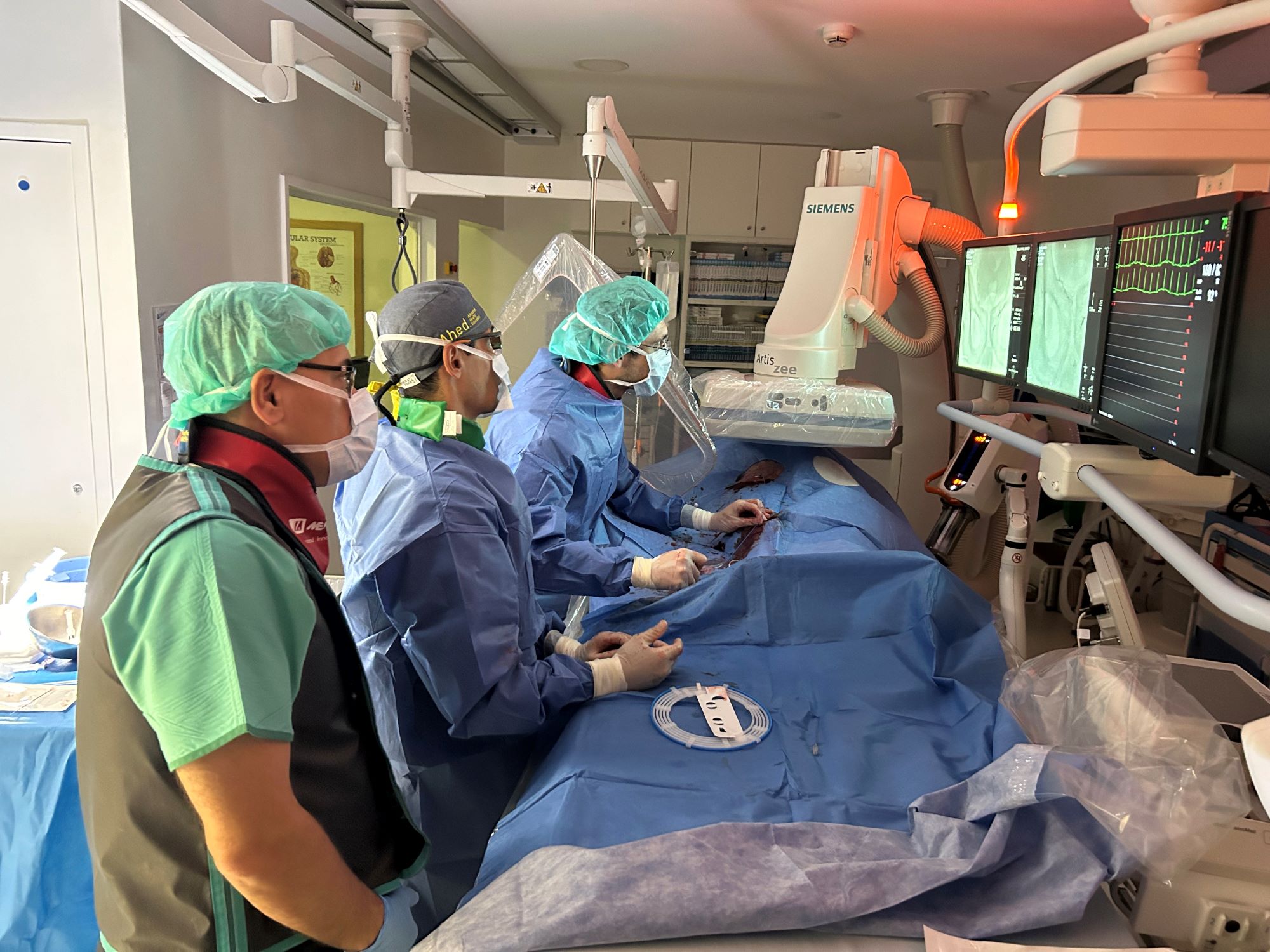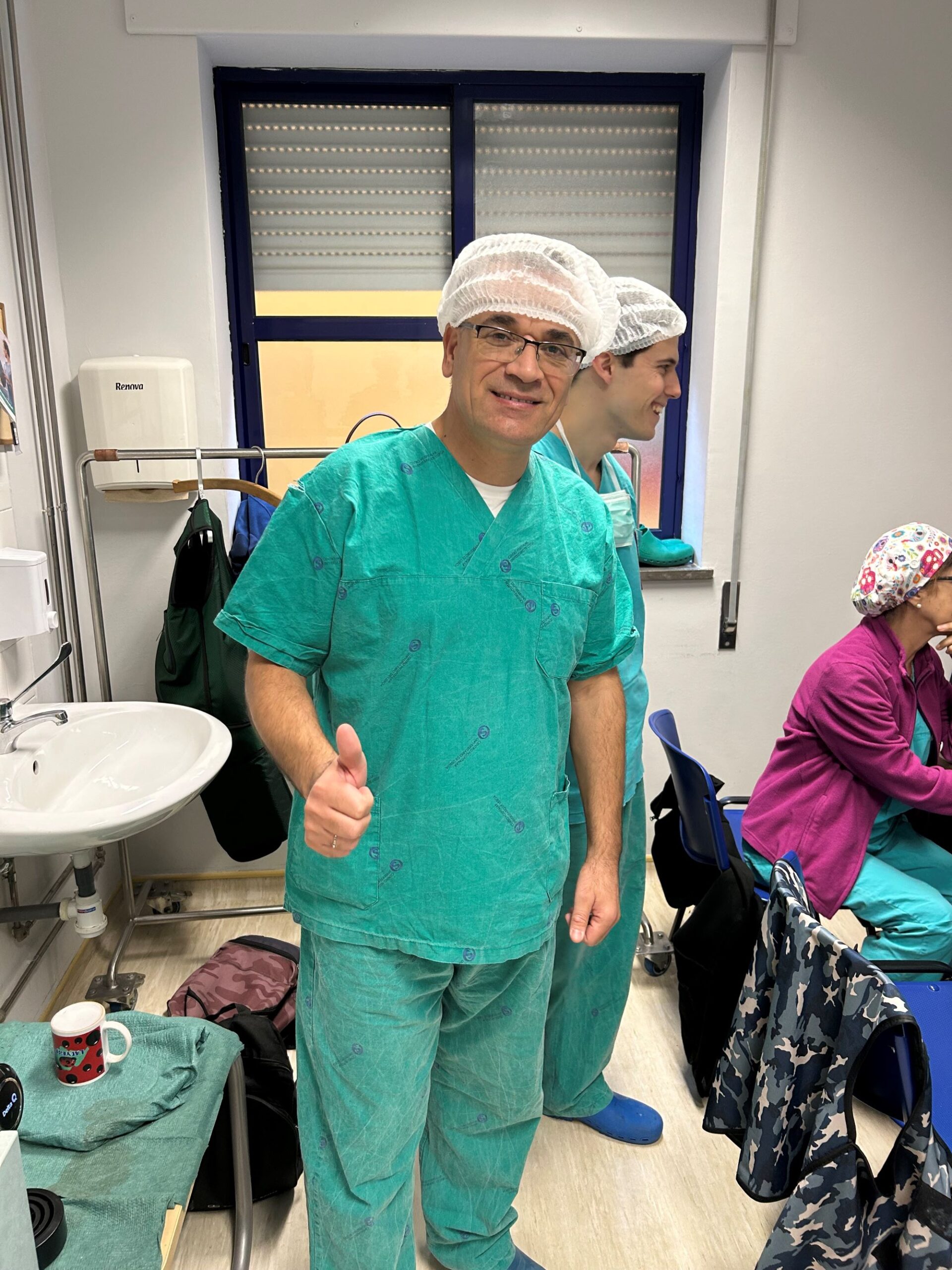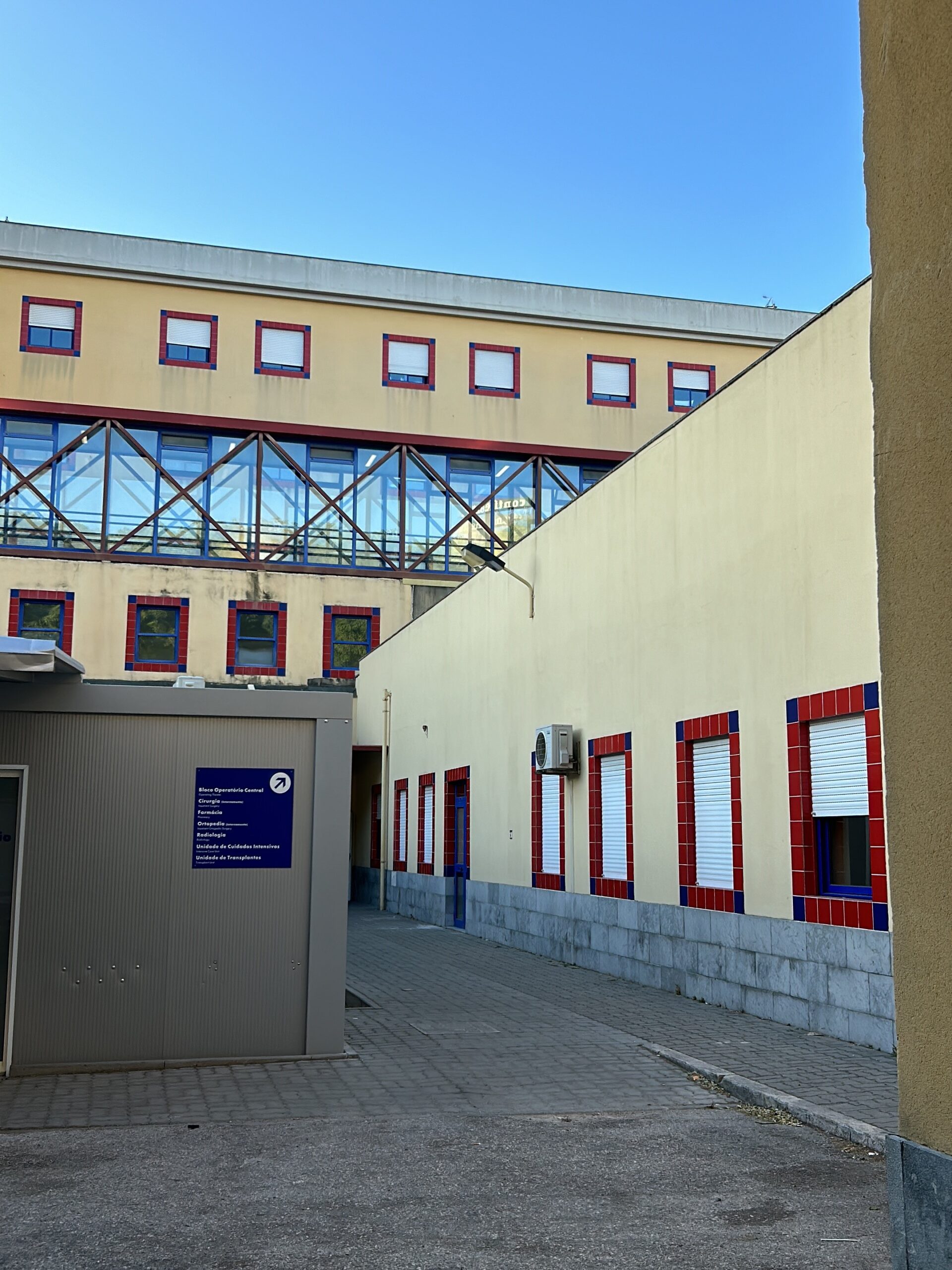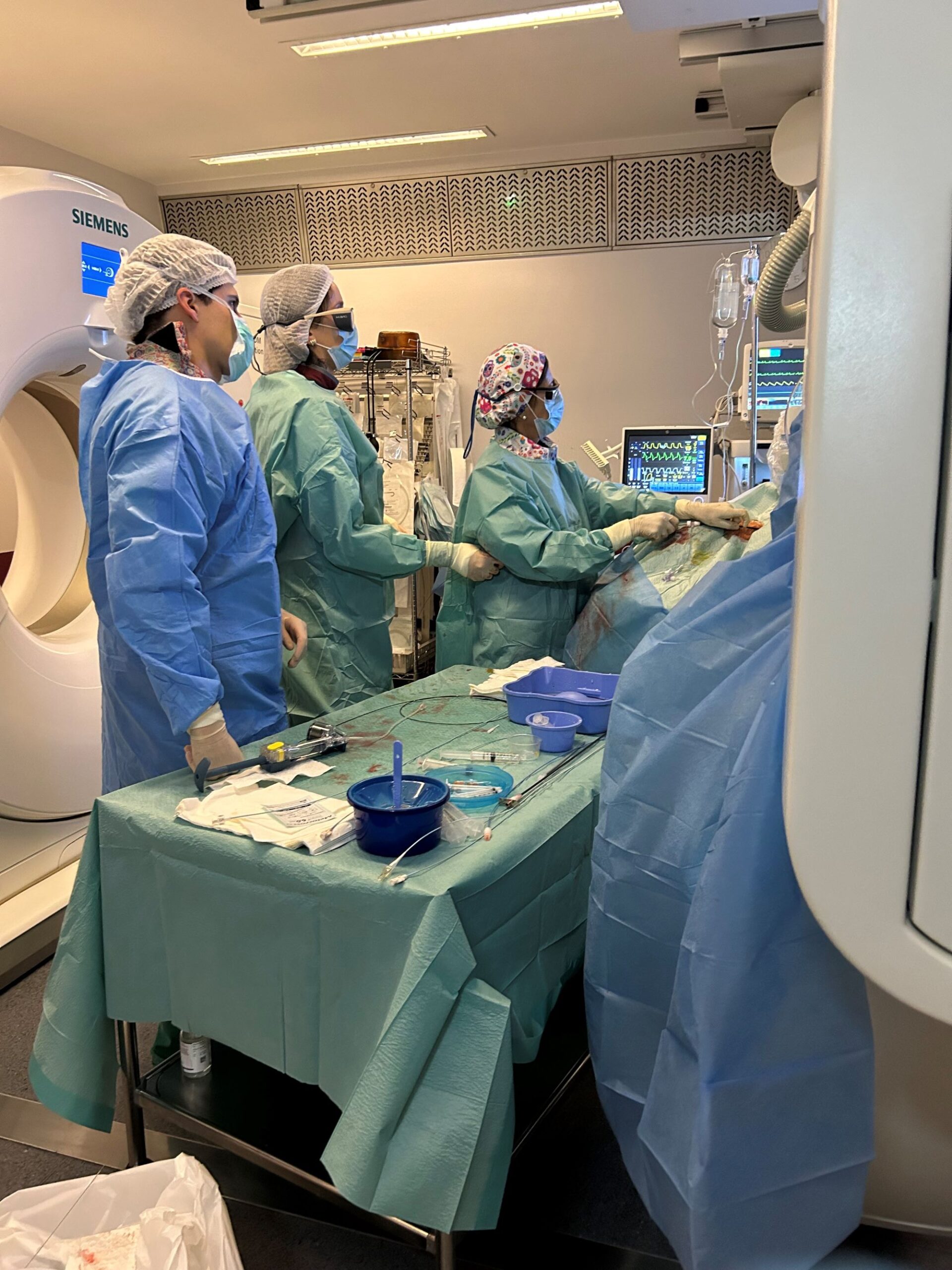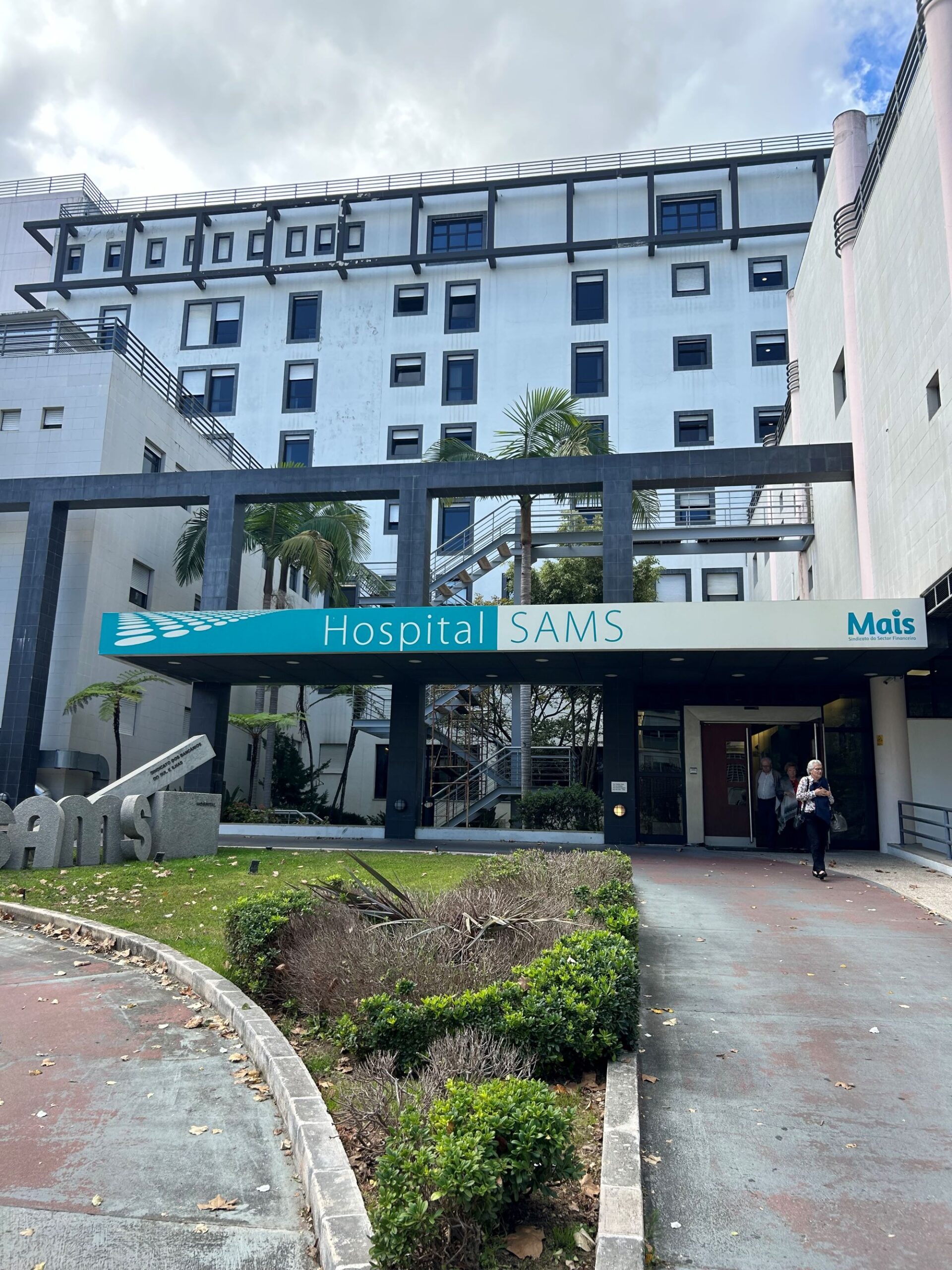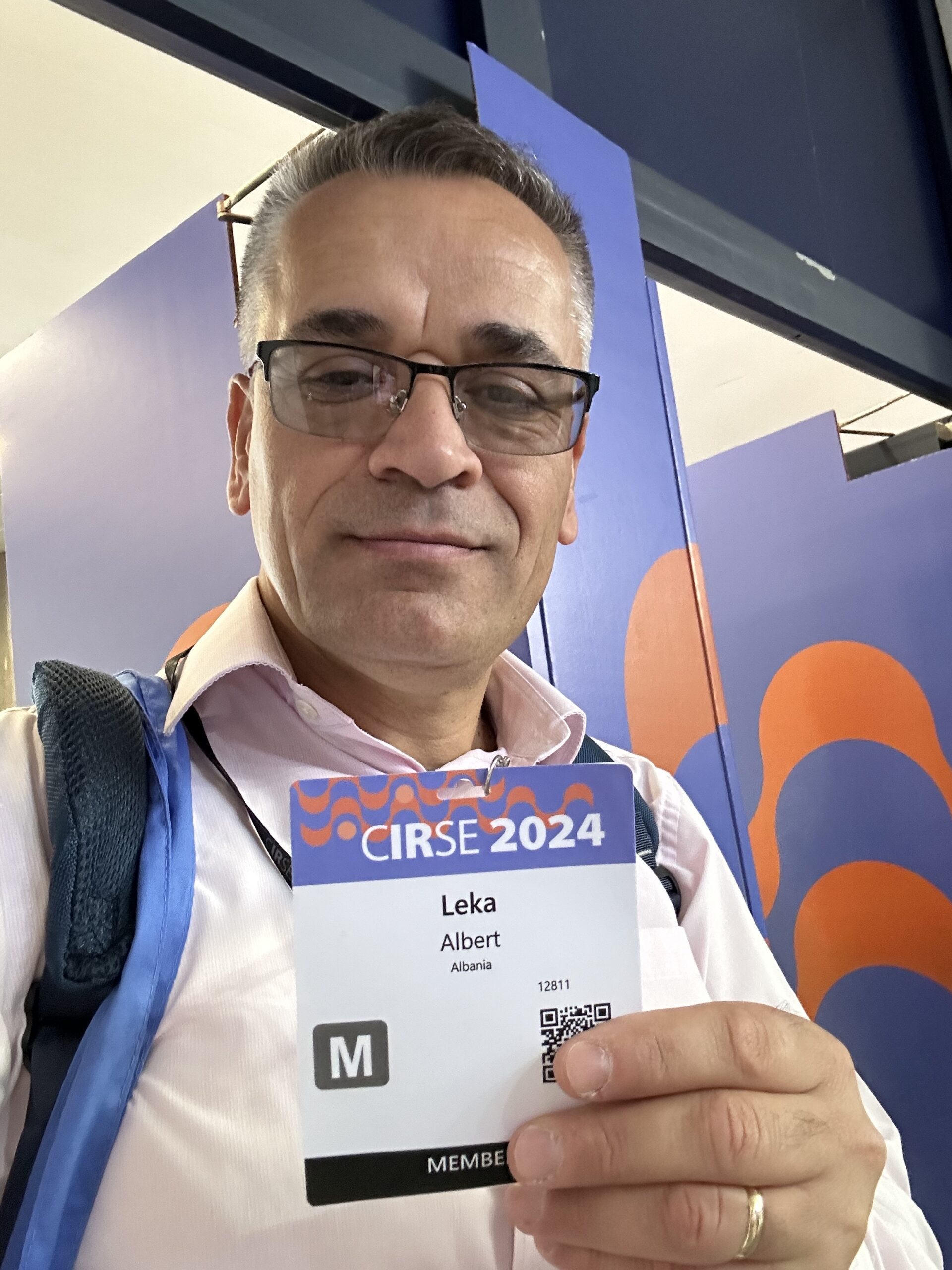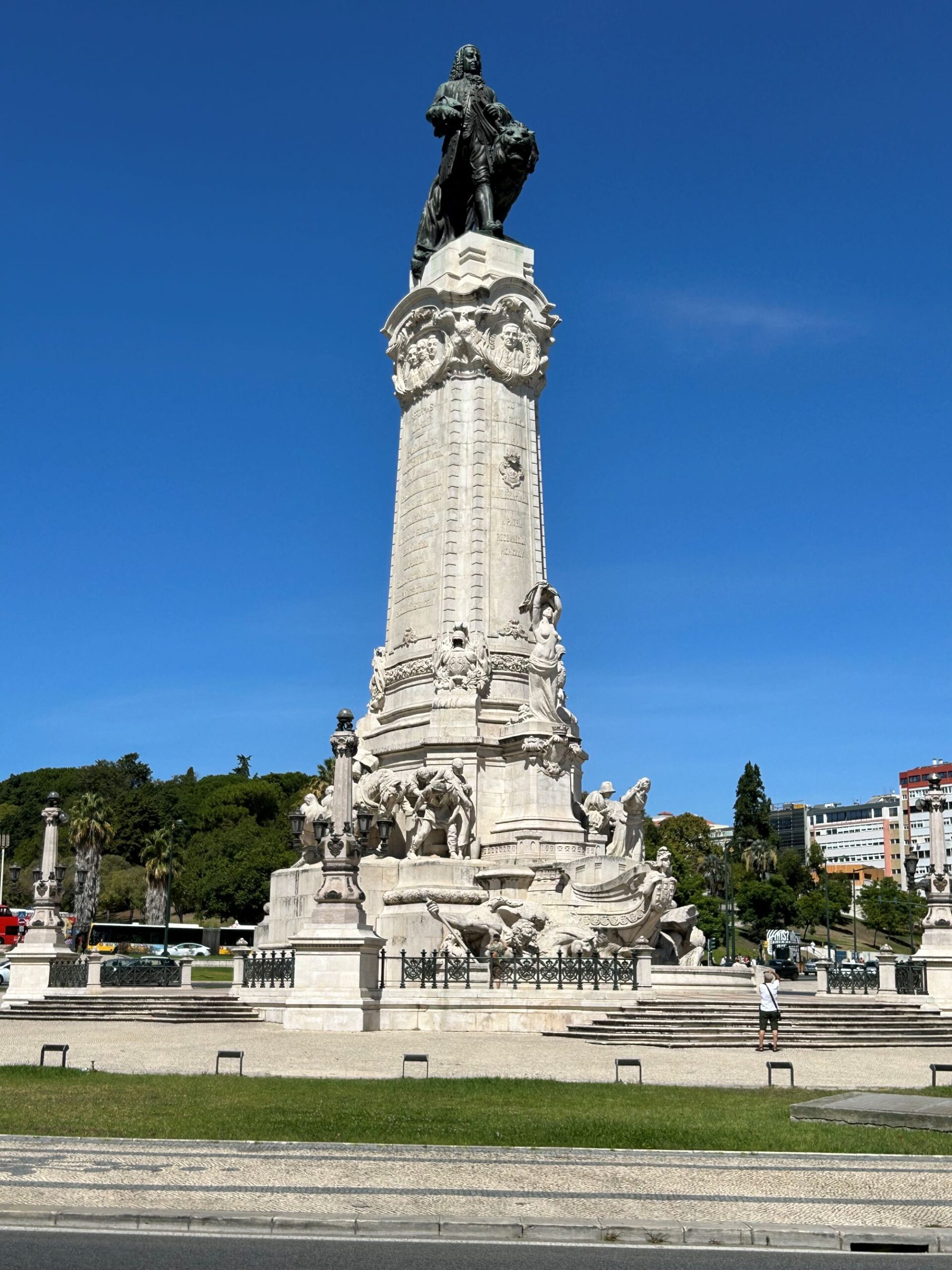“Muito obrigado meus amegos e colegas!
A medical practice journey in the beautiful city of Lisbon.”
By Dr. Albert Leka.
My name is Albert Leka, MD. I am a diagnostic radiologist working for Klinika San Luka in Lezhe, Albania.
I completed my residency training in diagnostic radiology at the University Hospital Mother Teresa in Tirana, Albania in 2009. Since I finished my residency programme in diagnostic radiology I have been motivated to train in interventional radiology. I could not achieve this in Albania, as we do not have an official medical curricula for IR and practical training for IR is not offered at all.
My first step towards IR was a one-week training in Greece in 2010 at The Center of Panagia Philanthropini in Ormylia, Greece. It mostly focused in FNA-s and biopsies for breast and thyroid nodules. At that time I was working as a diagnostic radiologist in the district hospital of Mirdita, my home town in Albania.
In October 2013, I attended a one-month training in IR at the Hadassah Medical University Center in Jerusalem, Israel, with Prof. Jocob Sosna, Dr. Liat Applebaum, and Dr. Naum Goldberg, and focused on IR procedures for chest and abdominal disease, biopsies under CT and ultrasound, drainages, thoracocentesis, and paracentesis. During this period (2012-2015) I was working as a chest radiologist for the Thoracic Diseases’ University Hospital in Tirana ( Albanian capital) where I started to perform FNAB and biopsies under US and CT guidance and drainage procedures ( non-vascular).


